Explore the best places
Heritage in Portugal
Praça de Touros do Cartaxo
- heritage
Largo Vasco da Gama
2070-050, Cartaxo
The town has a long tradition of bullfighting, and its bullring, located near the city's courthouse, remains very popular with aficionados. It has a capacity of five thousand spectators and was inaugurated in 1874. It has a classic style, with a circular floor plan and an arena with a perimeter of almost 100 meters, bleachers, and 44 private boxes.
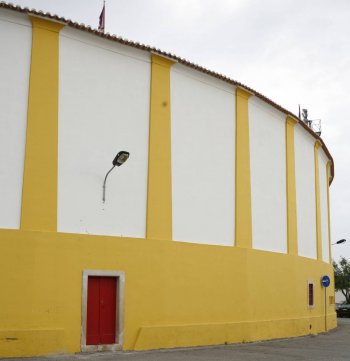
Museu Rural e do Vinho do Cartaxo
- heritage
Avenida 25 de Abril
2070-158, Cartaxo
Open since 1985, it is one of the oldest museums in the country dedicated to the theme of wine. It aims to promote traditions linked to the rural world, especially wine production and vine cultivation. It evokes the history and the different steps necessary for wine production, from planting the vines to bottling. It has a typical tavern, a restored old wine cellar, and a permanent exhibition with decorations alluding to bulls, horses, and cowboys.
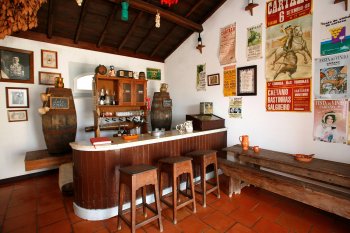
Igreja de Nossa Senhora da Purificação
- heritage
Rua da Igreja
2070-403, Pontével
This is the main church of Pontével, a town located about five kilometers from the municipal seat. It is believed to have been founded in 1302 and has been rebuilt several times, most recently in the 17th century. Some of its most distinctive features are the three bronze bells, with intricately worked edges, in its bell tower, as well as the late 16th-century tiles and the baptismal font.
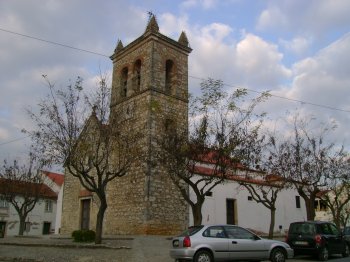
Igreja de Nossa Senhora da Expectação / Igreja Matriz de Valada
- heritage
Largo da Igreja
2070-514, Valada
Located practically on one of the banks of the Tagus River, the Parish Church of Valada is very old, probably dating back to 1211. It has undergone several renovations over the years, the last of which took place at the beginning of the 20th century. The façade is of Mannerist religious architecture, with an angular gable and a bell tower. Inside, the 16th-century baptismal font stands out, without a shaft or base, while the nave walls have 19th-century patterned tiles.
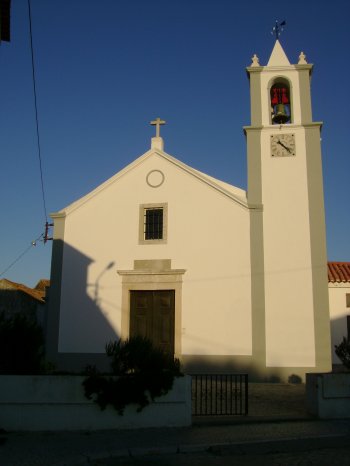
Poço de São Bartolomeu
- heritage
Largo de São Bartolomeu
2070-561, Vale da Pinta
It is one of the landmarks of the town of Vale da Pinta and, according to legend, King Afonso Henriques drank water there before the Battle of Ourique. The name of the well, believed to have been built in the 9th century, also comes from that time, as it is thought that the men who accompanied the first king of Portugal saw an image of Saint Bartholomew there.
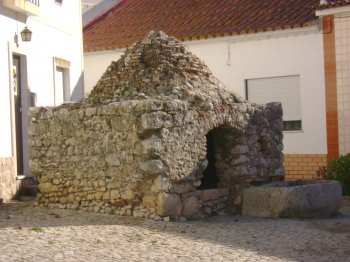
Estátua de Marcelino Mesquita
- heritage
Praça 15 de Dezembro
2070-050, Cartaxo
It honors one of the greatest names in Cartago's culture. Despite having graduated in medicine, Marcelino Mesquita distinguished himself as a poet and playwright. Born in 1856, he was also a journalist, writer, and member of parliament. The statue is located in a central place in the city, Praça 15 de Dezembro, right in front of the City Hall. The Municipal Library is also named after him.
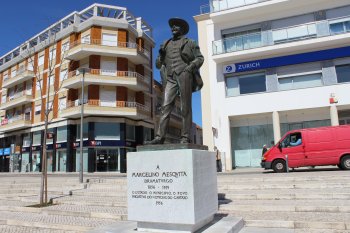
Monumento Comemorativo à Batalha de Ourique
- heritage
Rua 29 de Janeiro
2070-628, Vila Chã de Ourique
Located in the center of the parish of Vila Chã de Ourique, this monument commemorates the Battle of Ourique, fought between Afonso Henriques and the Muslims in 1139, a battle which some historians believe took place in this location. The monument, situated near the main church, was inaugurated in 1932 and is made of white marble. At the top is a statue known as "Saramaga," adorned with two handles. Below are sculpted figures of the combatants.
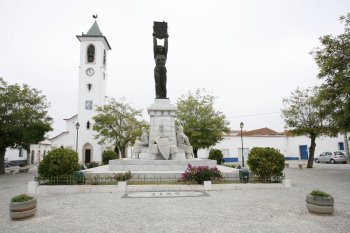
Igreja de São João Baptista / Igreja Matriz do Cartaxo
- heritage
Largo de São João Baptista
2070-039, Cartaxo
Its patron saint is Saint John the Baptist, and it was built in the 14th century, being rebuilt three centuries later. The tower was demolished by an earthquake in 1909, and inside, it has a single nave, while the wooden ceiling unfolds in three planes. The walls are covered with tiles depicting the life of the patron saint, while the main altar has a gilded altarpiece. It possesses valuable pieces such as a silver chandelier or an image of Our Lady of the Rosary.
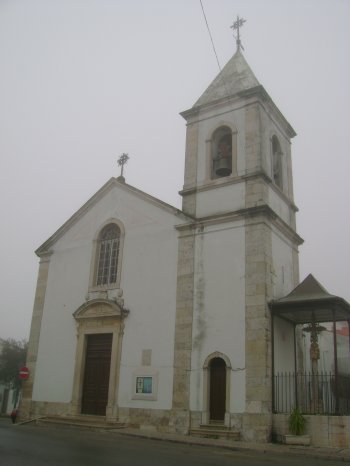
Cruzeiro do Cartaxo
- heritage
Largo de São João Baptista
2070-039, Cartaxo
On one side of the main church, facing a small garden, stands this Manueline cross. The sculpture, made from a single stone, features delicate lacework and the image of the Crucified Lord of Sorrows. Elements such as a cross with vegetal motifs, a representation of the Pietà, and the faces of the Crucified Christ and the Virgin Mary can be discerned.
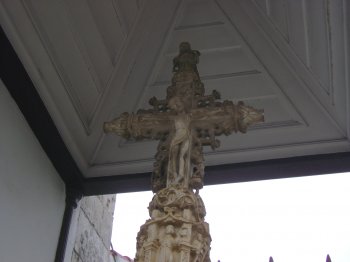
Farol de Vila Real de Santo António
- heritage
EM511
8900-211, Vila Real de Santo António
Located on the right bank of the Guadiana River, this lighthouse has been in operation since 1923. Its 40-meter circular tower offers magnificent views of the mountains and the sea.
